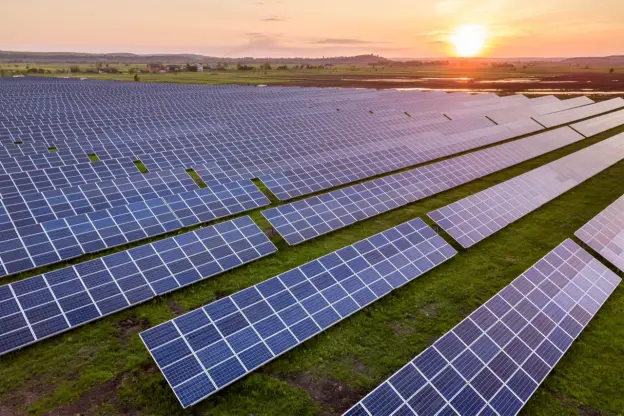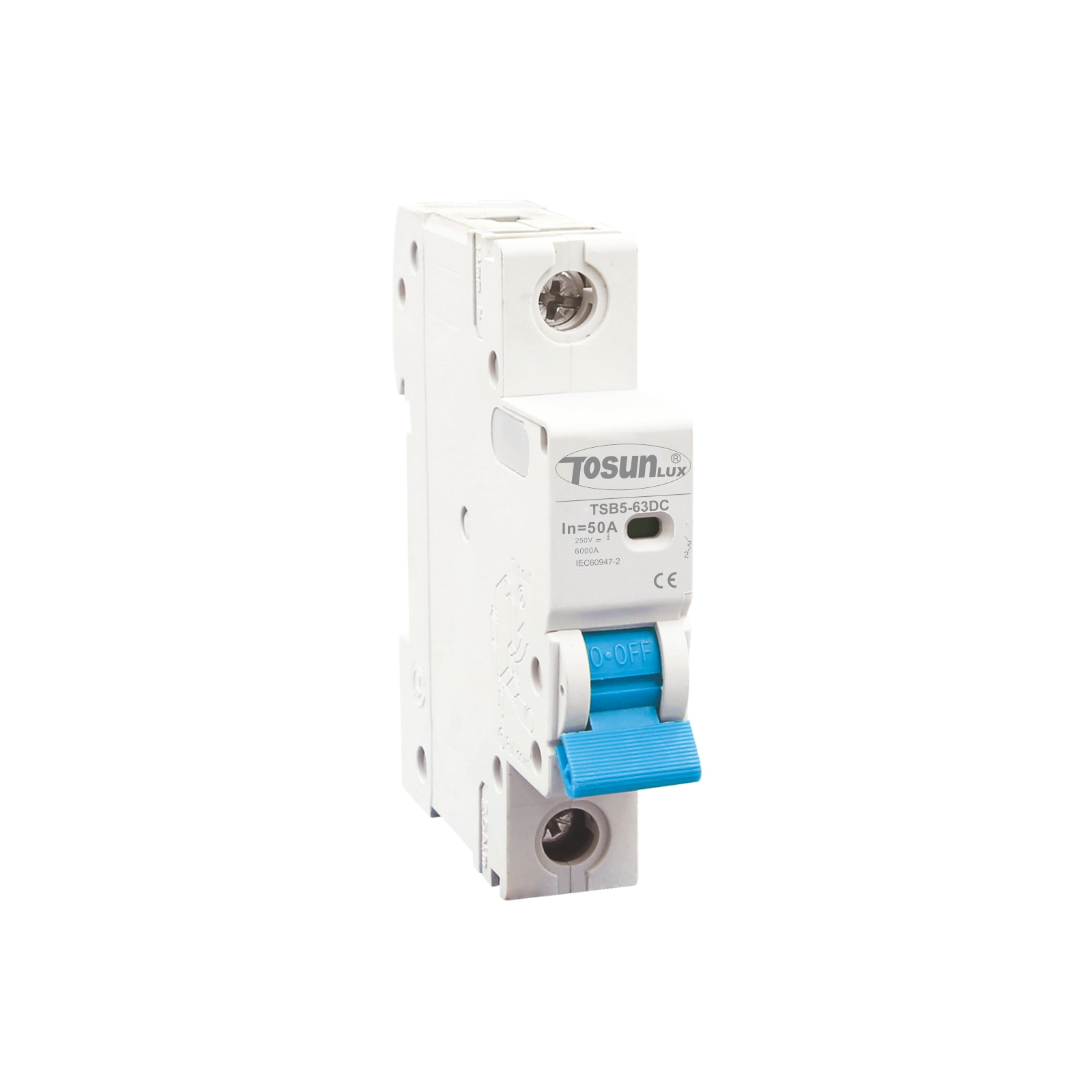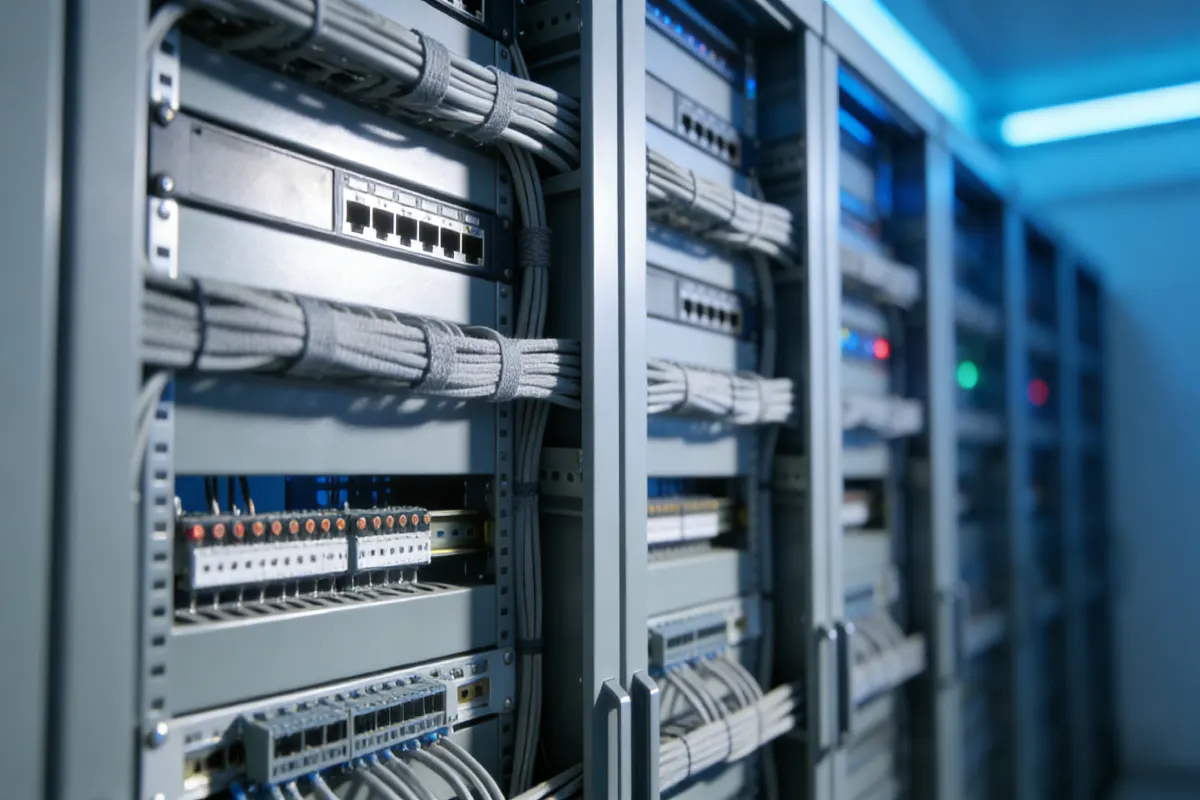Արևային ֆոտովոլտային ինվերտորի պաշտպանության համար ճիշտ անջատիչների ընտրությունը
Բովանդակություն
ՓոխարկելՁեր արևային ֆոտովոլտային ինվերտորների պաշտպանությունը չի կարող խաթարվել։ Սրանք արևային ինվերտորներ Նրանք ոչ միայն բարդ կառուցվածք ունեն, այլև ենթարկվում են մի շարք շրջակա միջավայրի գործոնների և հնարավոր խափանումների: Առանց պաշտպանության, էլեկտրական վթարները հեշտությամբ կարող են տեղի ունենալ՝ վտանգելով շրջապատի մարդկանց կյանքը:
Այս սարքերը պաշտպանելու լավագույն միջոցներից մեկը ճիշտ ֆոտովոլտային անջատիչի օգտագործումն է, որը ինվերտորների օպերատորները պետք է համոզվեն, որ ունեն։ Բայց ի՞նչ են այս անջատիչները, ինչպե՞ս են դրանք աշխատում և ինչպե՞ս ընտրել ձեզ հարմարը։ Այս հոդվածը անդրադառնում է հետևյալ հարցերին.
– Արևային ֆոտովոլտային ինվերտորների համար անջատիչների ներդրում
- Ի՞նչն է դրանք տարբերակում մյուս անջատիչներից։
– Ինչպես գնել ճիշտ անջատիչը
Ի՞նչ են արևային ֆոտովոլտային ինվերտորների համար նախատեսված անջատիչները։

Անվտանգությունը ձեր ոլորտում առաջնային նշանակություն ունի, ուստի ձեզ անհրաժեշտ է համապատասխան սարքավորում: Արևային ֆոտովոլտային ինվերտորների համար նախատեսված ավտոմատ անջատիչները, ինչպիսիք են արևային վահանակի ավտոմատ անջատիչները, կարևոր են ինչպես արևային համակարգը, այնպես էլ միացված էլեկտրական ենթակառուցվածքները պաշտպանելու համար:
Այս անջատիչները ավտոմատ կերպով անջատում են էլեկտրաէներգիան գերբեռնվածության, կարճ միացման կամ խափանումների դեպքում՝ այդպիսով կանխելով հրդեհը և էլեկտրական ցնցումները։
Ֆոտովոլտային անջատիչում համակարգերը տեղադրվում են և՛ հաստատուն հոսանքի կողմում, կամ այն կողմում, որը գտնվում է վահանակների և ինվերտորի միջև, և՛ փոփոխական հոսանքի կողմում, որը գտնվում է ինվերտորի և ցանցի կամ բեռի միջև՝ պաշտպանելով ամենակարևոր բաղադրիչները։
Օրինակ, TOSUNlux-ը ունի հաստատուն հոսանքի անջատիչ արևային սարքավորումների համար, որոնք նախատեսված են կենցաղային տեխնիկայի կամ էլեկտրական սարքավորումների գերհոսանքային պաշտպանություն ապահովելու համար: Վերջապես, կարևոր է, որ այս սարքերը համապատասխանեն արդյունաբերական չափանիշներին՝ իրերը անվտանգ պահելու համար, օրինակ՝ ինչպես են մեր արտադրանքը, ինչպես օրինակ՝ TSB5-125 շարքի բազմակի կառավարվող սենսորային վահանակ համապատասխանում են IEC60898-1 կամ IEC60947-2 ստանդարտներին։

Ի՞նչն է դրանք տարբերում մյուս անջատիչներից։
Շատ հետաքրքիր հարց է պատասխանելու համար։ Ֆոտովոլտային անջատիչը մյուս ֆոտովոլտային անջատիչներից տարբերելու համար անհրաժեշտ է իմանալ, թե ինչպես են դրանք աշխատում։
Այստեղ գործում են երկու գործընթացներ։ Առաջինը ջերմային պաշտպանության մեխանիզմն է, իսկ մյուսը՝ մագնիսական պաշտպանության մեխանիզմը։
Ջերմային պաշտպանության մեխանիզմ
Այս մեխանիզմում անջատիչը անջատվում է այն պահին, երբ հոսանքը հասնում է իր անվանական արժեքին: Հենց որ դրա միջով անցնում է չափազանց շատ հոսանք, անջատիչի ներքին երկմետաղական կոնտակտները տաքանում և լայնանում են, ինչի արդյունքում անջատիչը անջատում է շղթան:
Այս մեխանիզմը ցույց է տվել իր արդյունավետությունը երկարատև գերբեռնվածության դեպքում՝ խուսափելով գերտաքացումից և բաղադրիչների հնարավոր վնասից։
Մագնիսական պաշտպանության մեխանիզմ
Մյուս կողմից, մագնիսական պաշտպանությունը վերաբերում է հանկարծակի լարման ալիքներին կամ հսկայական խափանման հոսանքներին արձագանքելուն: Երբ նկատելի խափանում է տեղի ունենում, անջատիչի ներսում գտնվող մագնիսական կծիկը ուժ է առաջացնում, որն անմիջապես անջատում է անջատիչը:
Հենց այս արագ արձագանքի շնորհիվ են կանխվում կարճ միացումները և լուրջ էլեկտրական խափանումները, այդպիսով ապահովելով շրջակա միջավայրի անվտանգությունը։
Հաշվի առնելիք բաներ արևային ֆոտովոլտային ինվերտորի պաշտպանության համար ճիշտ անջատիչներ ընտրելիս
Ձեր արևային ֆոտովոլտային ինվերտորի պաշտպանության համար իդեալական անջատիչներ գնելիս պետք է հաշվի առնել մի քանի գործոն.
1. Շրջակա միջավայրի ջերմաստիճանը մալուխի ողջ երկայնքով
Քանի որ արևային ֆոտովոլտային համակարգերը սովորաբար տեղադրվում են դրսում, շրջակա միջավայրի ջերմաստիճանը շատ ավելի բարձր է, քան ներսում։ Բարձր ջերմաստիճանների դեպքում և՛ մալուխների, և՛ անջատիչների լարման հզորությունը նվազում է։ Երբ դրանք տեղադրվում են, գերտաքացման ռիսկը մեծանում է։
Արդյունաբերության ստանդարտները նշում են, որ արտադրողները պետք է տրամադրեն ջերմաստիճանի իջեցման աղյուսակներ կամ ջերմաստիճանի փոխհատուցման կորեր, որոնք պետք է խորհրդակցվեն՝ անջատիչի հոսանքի գնահատականը ձեր տարածքի պայմաններին համապատասխան կարգավորելու համար: Ընտրեք անջատիչներ, որոնք ապահովում են ամենաանվտանգ աշխատանքը:
2. Արևային անջատիչների փոխադարձ տաքացում
Լինում են դեպքեր, երբ դուք ունեք մի քանի ինվերտորներ, որոնք միացված են և աշխատում են միաժամանակ։ Այս դեպքում կարող է տեղի ունենալ վաղաժամ անջատում, քանի որ հարակից անջատիչները կարող են տաքացնել միմյանց։
Որպեսզի լուծեք այս խնդիրը, դուք պետք է պահպանեք բավարար հեռավորություն անջատիչների միջև կամ օգտագործեք ուղղիչ գործակիցներ տեխնիկական տվյալների թերթիկներում: Պատրաստ եղեք ընտրել ավելի բարձր վարկանիշ ունեցող անջատիչ կամ մեծացնել սարքերի միջև հեռավորությունը, եթե ճշգրտված վարկանիշը բավարար չէ: Սա բարելավում է ջերմության ցրումը:
3. Շրջակա միջավայրի ջերմաստիճանը անջատիչի մոտ
Այս ջերմության և միաժամանակյա ազդեցության պատճառով, ֆոտովոլտային համակարգի բաշխիչ վահանակը, հատկապես ներսում գտնվողները, կարող է ավելի բարձր ջերմաստիճաններ ունենալ։ Սա ազդում է անջատիչի աշխատանքի վրա։
Այս խնդիրը լուծելու համար դիմեք արտադրողի տեխնիկական տվյալներին, որպեսզի համոզվեք, որ ընտրված անջատիչը կարող է դիմակայել բարձրացված ջերմաստիճաններին՝ առանց հզորության վարկանիշը հոսանքի պահանջվող արժեքից ցածր իջեցնելու։

4. Միացված սարքի տեսակը
Իհարկե, պետք է հաշվի առնել նաև միացված սարքի տեսակը: Անջատիչները պետք է ունենան բեռի անջատման այնպիսի հզորություն, որը անվտանգ կերպով մեկուսացնի ինվերտորը ցանցից բեռի տակ: Խուսափեք սխալ ապահովիչներ օգտագործելուց որպես անջատիչներ, քանի որ դրանք չունեն համապատասխան հատկանիշներ և կարող են վնասվել շահագործման ընթացքում: Օգտագործեք միայն ինվերտորի և կոմունալ ցանցի միջև բեռի անջատման համար նախատեսված հատուկ անջատիչներ:
5. Մեկուսիչ լարերի քանակը
Ինչ վերաբերում է մեկուսիչին, լարերի քանակը, ինչպես նաև բևեռները, պետք է համապատասխանեն։ Մեկ բևեռը պետք է ունենա մեկ լար, իսկ կրկնակի բևեռը՝ երկու լար, ոչ ավել, ոչ պակաս։ Հակառակ դեպքում դուք կնվազեցնեք արդյունավետությունը։
6. Ձեր համակարգի լարման չափը
Վերջապես, անջատիչի լարման վարկանիշը պետք է համարժեք լինի կամ ավելի մեծ լինի ձեր համակարգի ամենաբարձր աշխատանքային լարումից: Հիմնական կանոնն այն է, որ ընտրեք համակարգի բաց միացման լարումից բարձր լարման վարկանիշ ունեցող անջատիչ՝ պաշտպանության անվտանգությունն ու հուսալիությունն ապահովելու համար:
Եզրակացություն
Համոզվեք, որ ուշադիր հաշվի եք առնում վերը թվարկված բոլոր գործոնները: Դա անելուց հետո կարող եք գտնել ձեր արևային ֆոտովոլտային ինվերտորի պաշտպանության համար ճիշտ անջատիչները՝ ապահովելով ձեր համակարգերի անվտանգությունը, հուսալիությունը և արդյունավետությունը:
TOSUNlux ընկերությունը մասնագիտանում է ձեր կարիքներին համապատասխանող էլեկտրական սարքավորումների և արտադրանքի մատակարարման մեջ: Մեր ապրանքանիշի պատմություն պարզ է։ Մենք շարունակում ենք նորարարություններ մտցնել, որպեսզի կարողանանք սպասարկել մեր հաճախորդների լայն շրջանակին՝ աշխարհի ավելի քան 90 երկրներում։ Եկեք հեղափոխություն կատարենք ձեր էլեկտրական համակարգերում։ Ստացեք գնանշում հիմա մեր թիմից!
Հեռ՝ +86-577-88671000
Էլ․ հասցե։ ceo@tosun.com
Skype՝ արևաէլեկտրական
Wechat՝ +86-139 6881 9286
WhatsApp՝ +86-139 0587 7291
Հասցե՝ Սենյակ No.1001 Wenzhou Fortune Center, Station Road, Wenzhou, Չինաստան
ՊԱՀԱՆՋԵԼ ՄԵԿՆԱՐԿ
WhatsApp մեզ
 : +86-139 0587 7291
: +86-139 0587 7291 Անգլերեն
Անգլերեն Իսպանիայի
Իսպանիայի Русский
Русский ֆրանս
ֆրանս العربية
العربية Português do Brasil
Português do Brasil Українська
Українська Թյուրքչե
Թյուրքչե Պոլսկին
Պոլսկին Նիդեռլանդներ
Նիդեռլանդներ Իտալական
Իտալական Բահասա Ինդոնեզիա
Բահասա Ինդոնեզիա हिन्दी
हिन्दी اردو
اردو አማርኛ
አማርኛ Հայերեն
Հայերեն ไทย
ไทย մոնղոլ
մոնղոլ հայերեն
հայերեն Shqip
Shqip English
English


